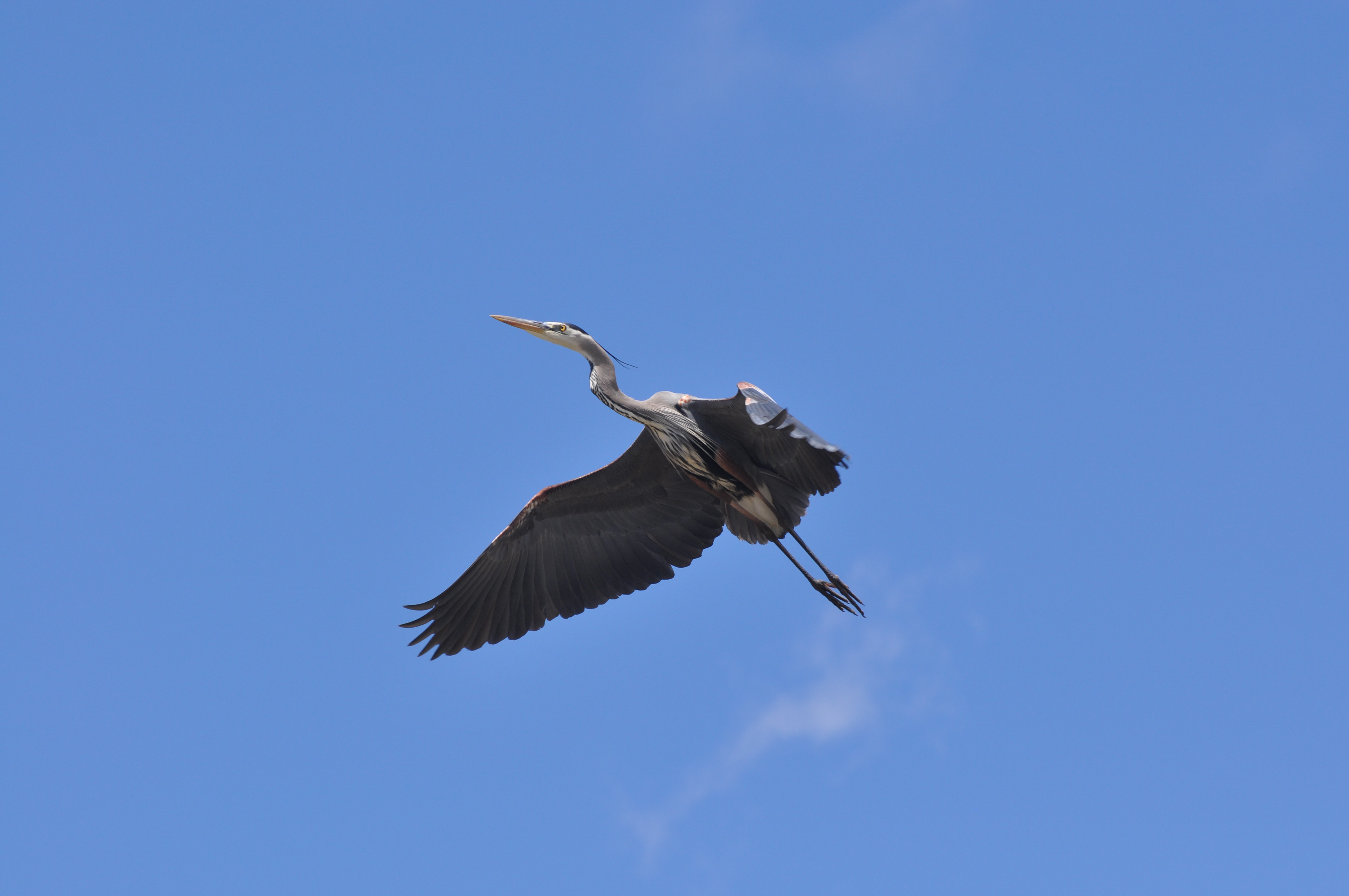
QUEST
Birds call to classical composers
Pam Dixon 02-Aug-2000 Wednesday
Mozart’s starling is not the only bird to have inspired composers of the past. Of all the birds, it is the humble cuckoo that seems to have captured musical imaginations most often. Mozart’s father, Leopold, wrote clear cuckoo calls into his music, as did Rameau and J.S. Bach, who both wrote piano pieces in imitation of a cuckoo bird.
Respighi’s “The Cuckoo” from his suite “The Birds” is performed in modern orchestral concerts, as is Benjamin Britten’s “Spring” symphony. Britten’s score calls for a soprano to sing actual bird song melodies, including an unmistakable cuckoo call and other incredibly complex warblings.
Baroque Era composers, particularly the English, created reams of music for recorder, a flutelike wooden instrument, that imitated bird songs. “The bird fancyer’s delight,” still in print today, is one such volume. Originally published in 1717, it contains 43 intricately notated melodies of European songbirds. The point was, and still is, to play the recorder in such a way as to directly imitate bird song.
One of the few artists who left copious notes about the relationship of bird song to his musical efforts was 20th-century French composer Olivier Messiaen. He wrote an enormous amount of music containing bird calls, such as “Oiseaux Exotiques” (“Exotic Birds”) for piano and chamber orchestra, “Catalogue D’oiseaux” (“The Complete Bird Music”) for piano and the haunting “Abime des Oiseaux” (“The Abyss of the Birds”) for solo clarinet.
Messiaen used bird song in his compositions symbolically and as direct sources of melody. In fact, in some of the notes accompanying his music, Messiaen lists the exact species of birds he borrowed melodies from.
Copyright Pam Dixon